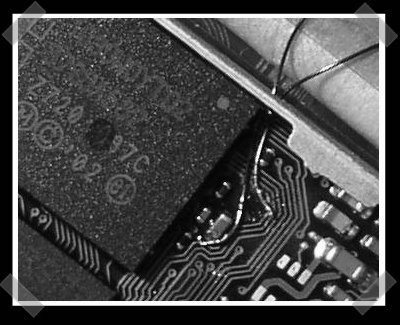
I wasn’t going to post this – it’s a freakin phone after all. But I’ve gotten quite a few tips on it, and I’d like them to end. [George] made a concerted effort to hack the iPhone – and it paid off. After his crazy ebay auction that topped out at 99,999,999.99 last time I checked, he ended up trading his first phone for a Nissan 350z and a few more iPhones.
He documented his process, step by step – if you’ve got the skills, you can probably do it yourself. The soldering work is damn fine work – probably the hardest thing there is. The write up is a little hard to follow, so plan on taking some time to comprehend everything. (Blogging software isn’t the best way to organize how-tos, trust me on this.) My hats off to [George], he did some great work. – So, why didn’t I want to post it? All this work yielded one thing: carrier choice for the iPhone.
Misc Hacks4191 Articles
Punch Your Alarm Clock
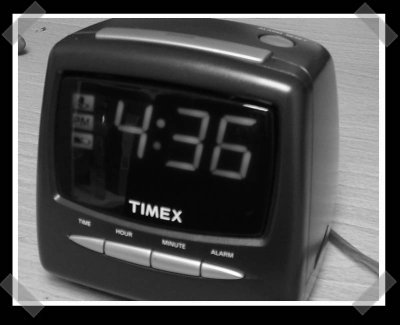
This is probably the most entertaining “application note” I’ve ever seen. These things are usually a bit dry, ok, they make your eyes turn to a previously unknown state of matter. This one involves making your alarm clock snooze when you beat it. The trick? Wire an accelerometer to the snooze button. It takes a bit of supporting circuitry, but looks do-able for anyone worth of their soldering iron. Thanks to [Andy] for sending it in.
Hey, we have a tips line. Send in your hacks!
Pervasive Health Monitor (Got Granny?)
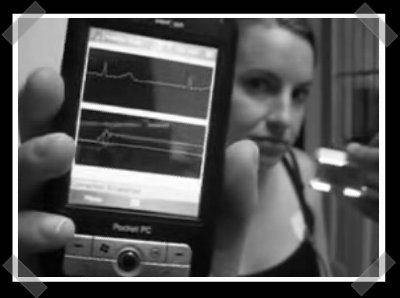
[Reza] sent in a project that he’s obviously put loads of work into. His Pervasive Health Monitor is basically a bluetooth enabled health telemetry recorder/transmitter. I think it’s an absolutely excellent piece of work. He’s offered to post more technical details if we have enough interest – It’s got my vote.
The video (after the break) starts off a bit dry, but trust me – it’s worth checking out. The monitor sports a TI MCU, bluetooth chipset, flash socket, multiple signal amps and onboard audio amplification. The PocketPC is showing the real time data stream being delivered via bluetooth.
Finally Networking My New House Extra
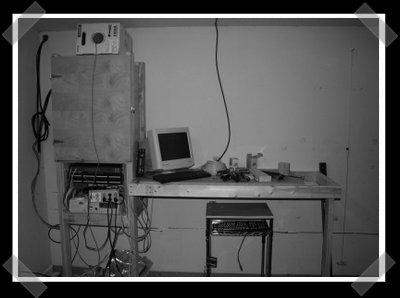
My new house is taking far more time to get into shape than I ever imagined. I’ve finally gotten most of the network and coax drops in place, and I wanted to show off my new mini-rack. Behind the door up top, my home theater gear is hiding. Below, my switch, patch panel, firewall and cable modem are happily humming along.
[Benjamin] send in a quick post on messing with DoorKings.
Another [Ben] sent in this cheap-o multi-touch interface. It’s just a webcam, a glass desk and some software.
[Tarun] sent in this interesting low cost laser range finder project. It’s webcam based, but uses a laser line (laser level style/simple beam splitter) to measure distances.
Oh, I’m freaking house poor this month, so I’m selling off some of my toys. (If you do buy something, let me know and I’ll put some stickers in the shipping box, but only on request – As a rule, we don’t sell our swag!)
Yes, we’re going to do something to get more stickers out there, so stay tuned.
Python On The Telit GSM/GPS Module (vehicle Tracking)
![]()
[Nick] caught [Alex]s GPS enabled AVR, so he sent in his project using the same Telit GM862 module. Rather than depend on an external AVR, he wanted to use the on-board python interpreter. Apparently, documentation is a bit sparse, so he put together a good write-up on developing python for the device. Since the GPS unit takes up the com port previously used for debugging info, he added a hardware python debugging board to speed development.
Propeller Based UAV Helicopter
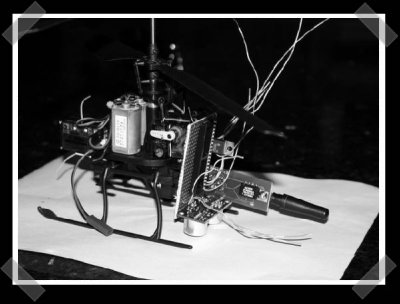
I guess we’re on a UAV kick – I ran across this one when I was looking for interesting propeller projects. [Glenn]’s building this one based on a R/C helicopter he picked up. Both the controller and the heli recieved a propeller chip, along with a pretty standard array of navigation sensors for the heli. It’s a work in progress, but sometimes those are the most inspiring.
VUFan – VU Meter

This hack isn’t really all that, but I’m giving it points for creativity. [Christopher] pulled some blue led case fans and used them to make a giant VU meter. Each I/O line has a transistor to drive a TIP120 FET. Personally, I’ll like to see even more of them stacked end to end and pulling fog from a conduit placed behind the stack.










